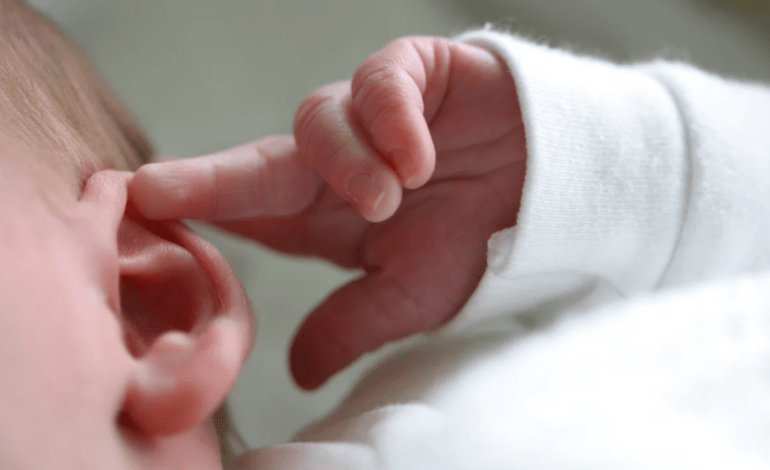
Gene therapy brings new hope to restore hearing in children and adults
By: Dr. Avi Verma
In a groundbreaking clinical study, researchers have demonstrated for the first time that gene therapy can restore hearing in children and young adults born with congenital deafness. The therapy, which targets a rare genetic condition called OTOF-related deafness, marks a major milestone in the treatment of inherited hearing loss.
Understanding OTOF-related deafness
Hearing loss affects up to 3 in every 1,000 newborns. While cochlear implants have offered partial solutions, they involve invasive surgery and cannot fully replicate the intricate detail of natural hearing.
OTOF-related deafness is caused by mutations in the OTOF gene, which encodes otoferlin, a protein essential for transmitting sound signals from the inner ear to the brain. Though the ear’s physical structures remain intact, the absence of this protein disrupts neural communication—resulting in profound hearing loss from birth.
The promise of gene therapy
This condition is uniquely suited for gene therapy: the hardware of hearing is present, but the software—the gene—is missing. Researchers designed a solution by inserting a healthy copy of the OTOF gene into inner ear cells using a harmless, modified virus.
This synthetic virus serves as a molecular courier, delivering corrected genetic instructions to the hair cells of the inner ear. Once inside, the virus releases the code, enabling the cells to produce otoferlin and restore hearing function.
Breakthrough results across ages
In a multi-center clinical trial involving ten participants aged one to 24, the modified virus was injected into the ear. Over the following 12 months, participants underwent a battery of hearing tests, including brainstem response evaluations and behavioral assessments.
Results included:
- 62% improvement in brainstem response tests
- 78% improvement in behavioral hearing assessments
- Some participants began hearing within days of treatment
- Two participants reached near-normal speech perception
- No serious side effects were observed; a temporary drop in white blood cell count was the most common issue
Parents and physicians were amazed—particularly in children aged five to eight, who showed the most significant progress. One mother reported her 7-year-old child began responding to sound just three days after the injection.
Why age matters
Interestingly, older children responded better than toddlers, challenging previous assumptions that younger patients would benefit the most. The findings suggest that the brain’s readiness to process new auditory input may vary with age, opening up new avenues for research in neurodevelopmental response to sound.
A milestone in medical science
This trial marks the first successful use of gene therapy to restore hearing not only in infants, but also in older children and adults. It also sets the stage for treating more prevalent forms of genetic hearing loss.
While the long-term durability of the treatment remains under review, this success has catalyzed global efforts to develop therapies for other, more complex forms of deafness. With each breakthrough, the dream of curing—not just managing—deafness becomes more achievable.
Disclaimer: This article is for informational purposes only and should not be considered medical advice. Readers are advised to consult qualified healthcare professionals before making decisions based on the content presented here.
1 Comment
I think you have mentioned some very interesting points, regards for the post.